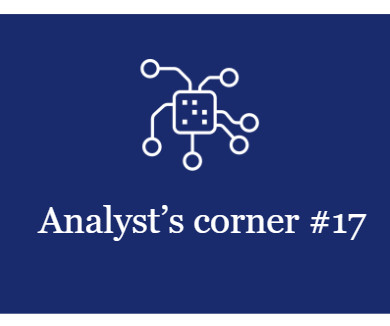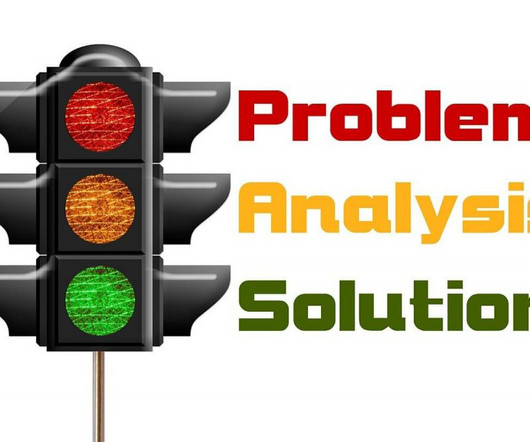Chat GPT as a tool for business analysis
Analysts Corner
FEBRUARY 12, 2023
The use of language models in Artificial Intelligence can leverage the productivity of Business Analysis. link] In this article, I demonstrate how it is possible to use Chat GPT as an assistant (or helper) in executing business analysis tasks based on a case study that deals with developing an application by a startup.














Let's personalize your content